| July 17, 2009 |
On July 15 we met with an outstanding artist Marian van der Horst – a learner of the illustrious Tibetan artist Gega Lama – who came to visit the Contemporary museum of calligraphy. Marian works in thangka technick.
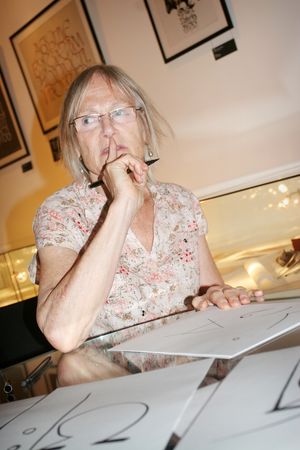
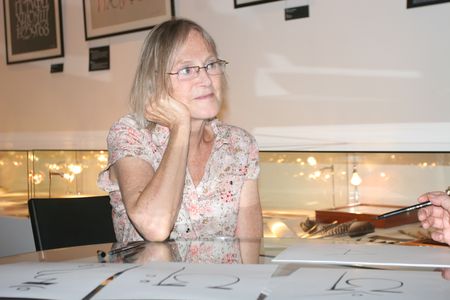
A thangka is a traditional hieratic painting of Buddha Sakyamuni, Buddhist pantheon figures, symbolic life circles. Creating the Buddhist icons is a really hard process because of many canons one has to follow. Through its composition, shape and color a thangka reveal the main ideas of Buddhism. One of the meanings of the word is “message”. Thangkas can be painted because of a lot of reasons: meditative, medicinal, astrological and as a means to convey some knowledge as stories of Buddha’s life or that of other great teachers. They can also contain less religious items like lucky symbols. A very impressive type of thangka is the mandala’s: symbolic circles which represent a mystic world or environment of deities. The finishing stroke of a thangka is a special mantra in Tibetan written on the back: a sacred utterance that is considered to possess mystical or spiritual efficacy.
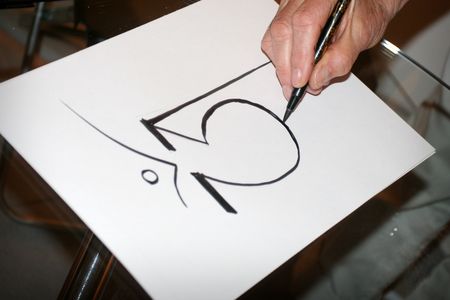

Marian told about Tibetan writing which is not merely a set of some symbols, but a reflection of the Tibetan world perception. Writing a phrase in Tibetan you communicate a sacred message, at the same time describing a definite meaning. The Dutch artist gave a live performance to put off the wraps from the mysterious Tibetan writing. Insofar as we expect to enrich the museum collection with the art pieces made by a Tibetan calligrapher Tashi Mannox, we’ll include the knowledge we got into our excursions.
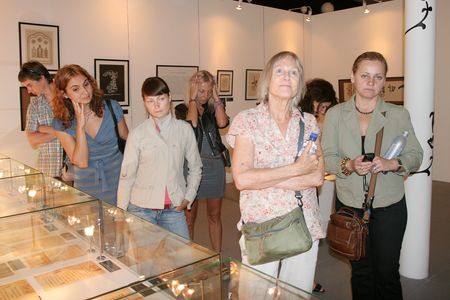
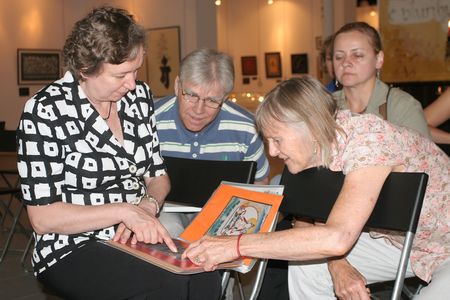
A 20-years experienced Marian van der Horst said one doesn’t have to be a professional painter to create a thangka. “The most important thing is a strong desire to learn and believe in yourself”, - says Marian. This is applicable to calligraphy which also demands concentration and strength of mind.
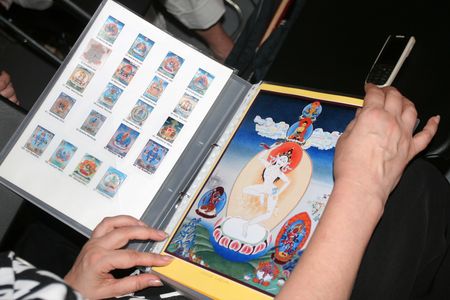
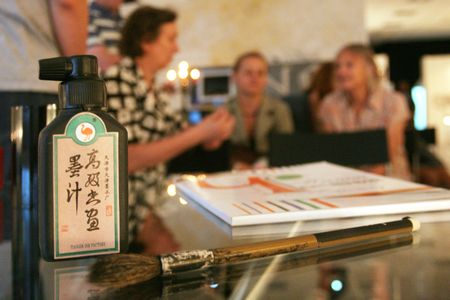
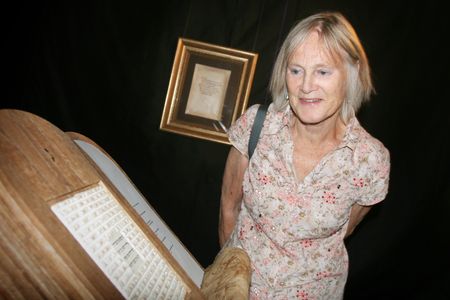
|

